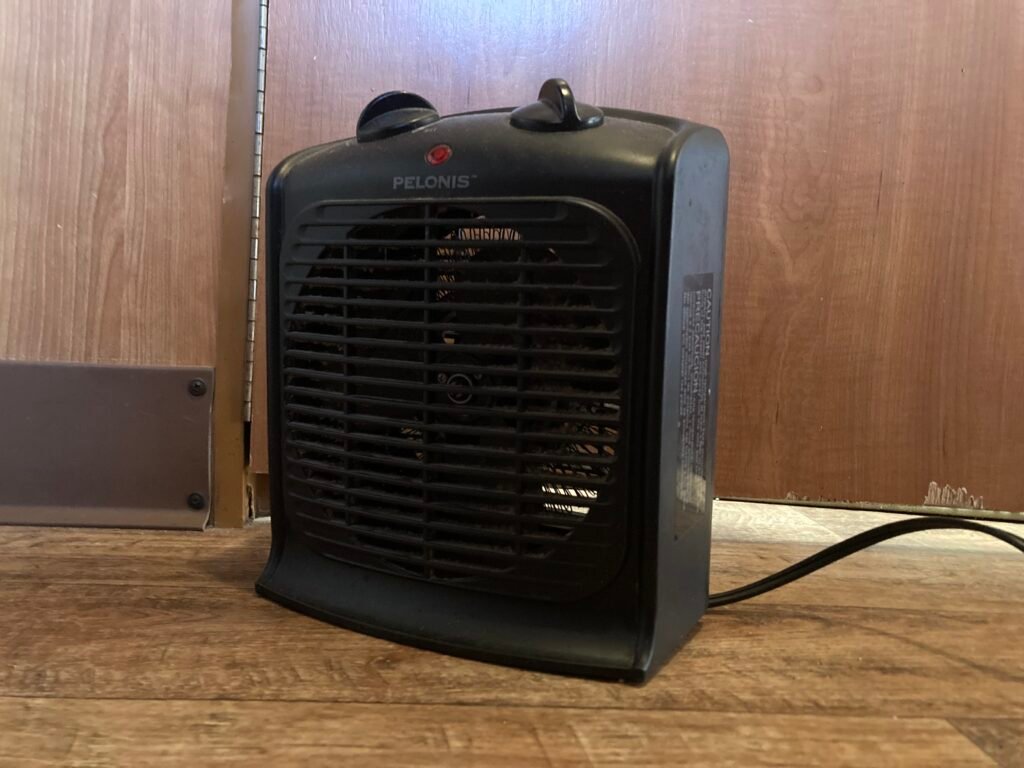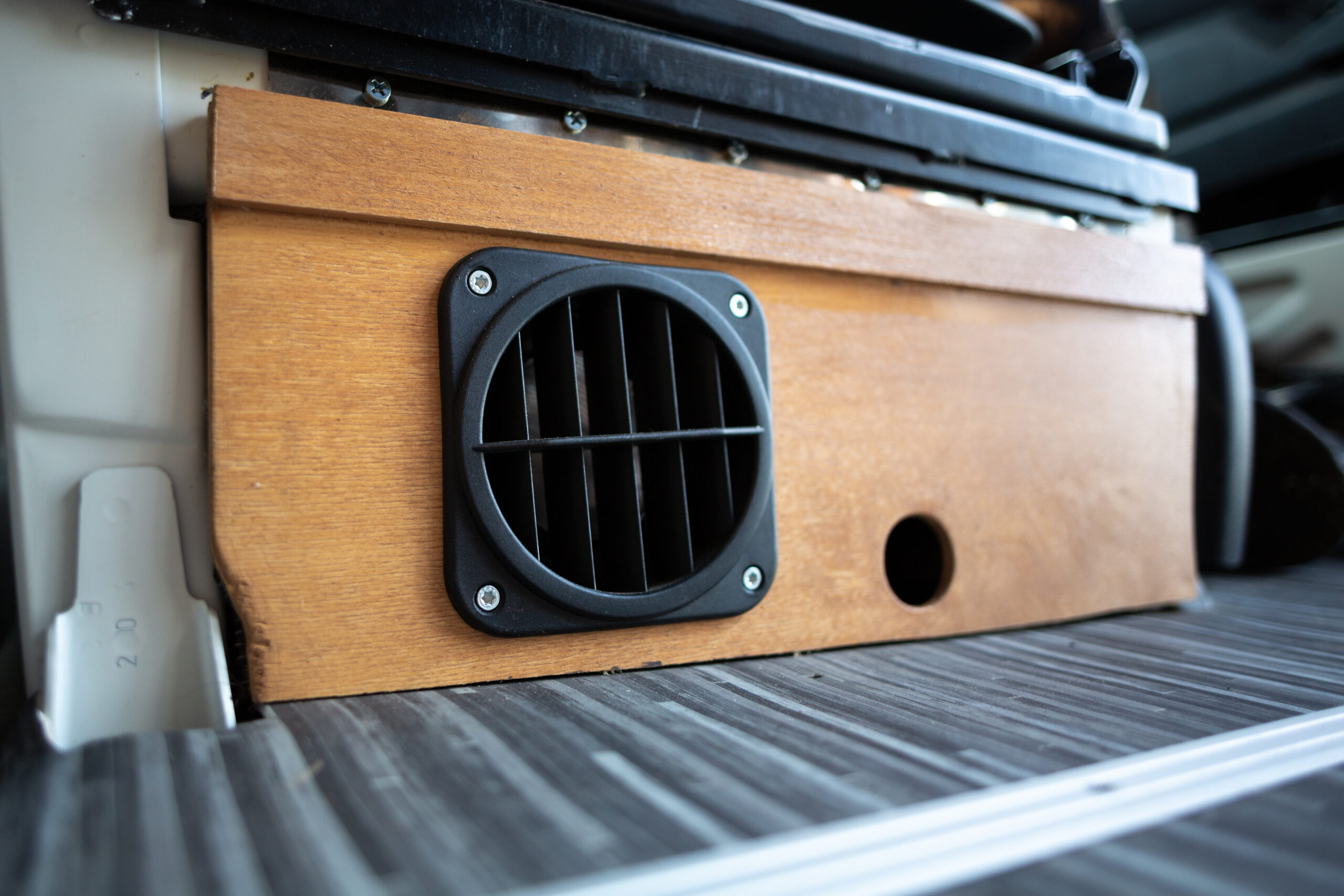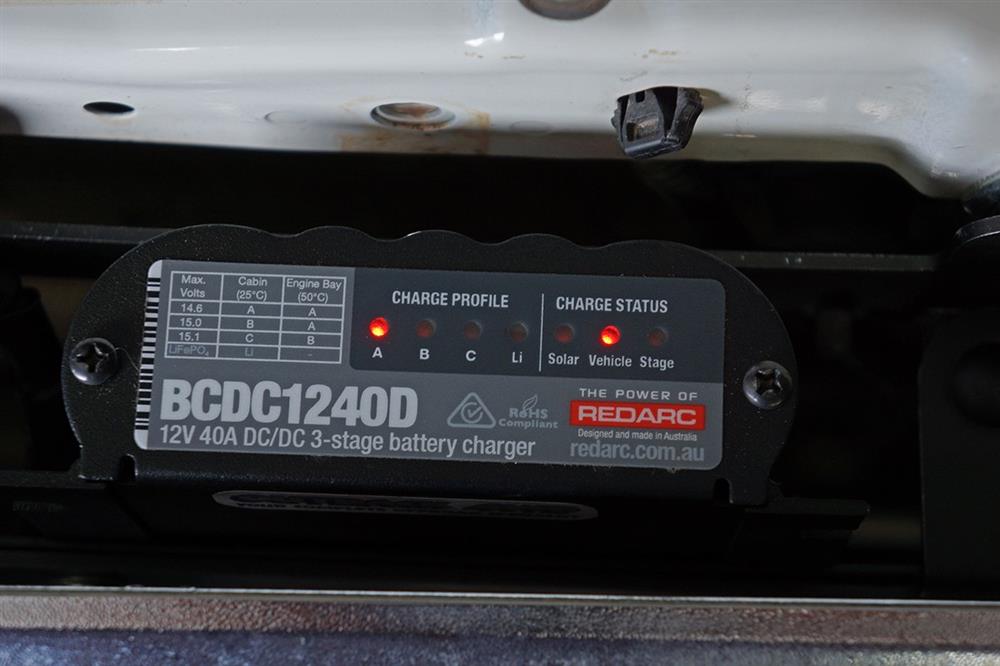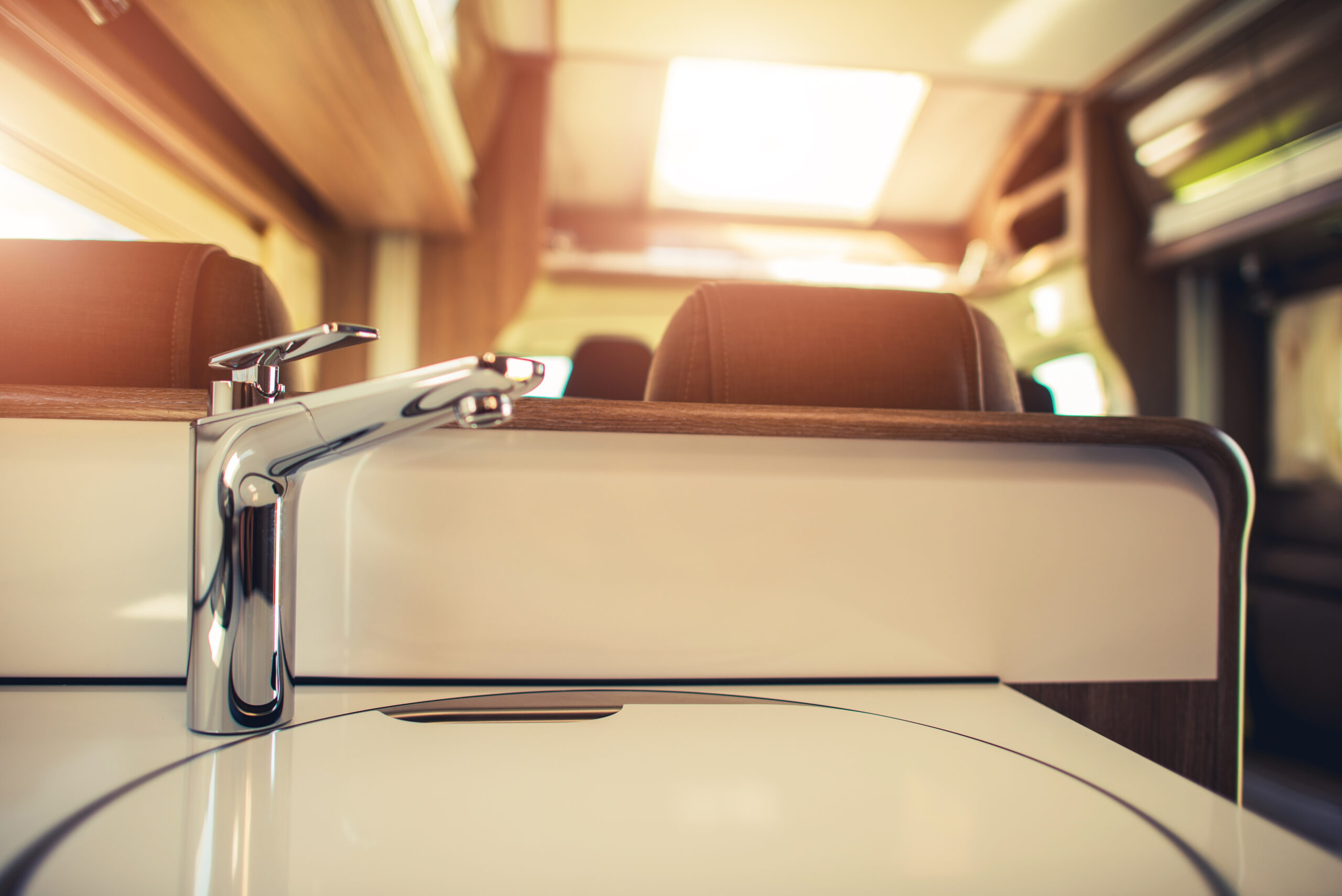
What Is The Best Electric Heater For RV Camping?
“What is the best electric heater for RV camping?” This is a question many RVers ask when cold weather rolls around each year. After all, why spend money on propane to operate your propane furnace if you have shore power (120 VAC) available to operate an electric heater?
If you search online for “best electric heater for RV” you will find a nearly endless list of comparisons, reviews, and debates on electric heaters. The problem is, you don’t need to know the absolutely best electric heater for RV use, you need to know the best choice of electric heater for the way you use your RV.
Let’s look at the different types of electric heaters and features to determine which ones fit your needs.
Types of electric heaters
The most common types of portable electric space heaters used in RVs are radiant (aka infrared), ceramic, and oil-filled.
- Radiant heaters work like the rays from the sun, heating objects and people.
- Ceramic heaters heat the air in the room via convention and/or a fan.
- Oil-filled heaters look and act like steam radiators of years past providing a soft consistent heat without any fan noise.
Efficiency
Is one type/brand of electric heaters more efficient than another? While many reviews will say one electric heater is more efficient, or a small 250-watt heater is so efficient it will do the same job as a 1,500-watt electric heater, just remember these words of wisdom from the Department of Energy:
“Electric resistance heating is 100% energy efficient in the sense that all the incoming electric energy is converted to heat.”
The bottom line is the more power consumed, the more heat produced. The same power consumed, the same amount of heat produced.
Safety
- If you have pets or young children, consider a heater that shuts off if tipped over and won’t cause burns if touched.
- Make sure the heater has a thermostat or limit switch to prevent it from overheating.
- Never operate an electric heater on an undersized extension cord. Always plug directly into a wall outlet in your RV.
Other considerations
- How big of an area do I have to heat? Size the heater accordingly.
- How much electrical power do I have available to operate an electric heater? Be sure to take into account other electrical items like the water heater element, if so equipped.
- How often will I use it?
- Where will I store it when not in use?
- If equipped with a fan, how noisy is it?
- Are there any special features I might want like a remote control so I can turn it on or off without getting out of bed?
- Can I set the thermostat to a low setting (example 40°F) so I can use the heater to keep my plumbing from freezing when I am not using my RV?
Built-in units
Maybe you camp in cold weather often and want a permanently mounted electric heater. With a permanently mounted heater, you don’t have to give up floor space like a portable electric heater or have a place to store it while in transit. Here are several options:
- RV Comfort Systems: With this system, 120 volt electric heating coils are mounted on the discharge side of your RV propane furnace utilizing the existing duct work and blower fan. Learn more here.
- A residential 120 volt mounted electric wall heater.
- Those of you with 50-amp electrical service panels in your RV might consider a 240-volt wall mounted heater like this. Yes, the 50-amp outlet found in RV parks can deliver 240 volts inside your RV. Click here if you need convincing.
Finally, you will see mentions of 12-volt heaters or “cordless” electric heaters on various RV forums and social media. Most don’t exist and the ones that do are basically worthless since electric heaters need considerable amounts of energy to produce usable heat, which typical RV batteries are unable to supply.
“Electricity is usually included in our camping fees, so we save on our propane costs by using electric heat as much as possible.”
Said RVers Tom, Cheri & Logan
Here’s a short video discussing the best electric heater for RV camping and their choice of electric heater:
Hopefully the above information will allow you to answer the “What is the best electric heater for RV camping?” question for you and your RV.
One of the best parts about RVing is engaging with the community of traveling enthusiasts. iRV2 forums allow folks to chat with other RVers online, and get other perspectives on everything RVing, including products, destinations, RV mods, and much more.
Related articles:




It’s important to remind people that they can keep warm but if they’re in a freezing environment, they should consider whether their water lines are insulated or protected.
Best Electric Heaters Article
As a RVer & crusing sailboater… I have found ‘radiator’ type heaters ‘less efficient’ because their heat calmly rises up to the ceiling where it quickly cools and doesn’t do much down lower… where the people are. I use a very quiet fan model on the floor directed at the primary desired location/ direction.
We live in a restomodded ’77 20 ft trailer full time in Oregon, where it rarely gets below 20°F. Original single pane windows! Unlimited unmetered AC is included in our space rent. For the back half I run a mini oil “Profusion” 750w one setting radiator with dial thermostat, picked up at our local BiMart for around $30. It’s much smaller than the full size radiator models, so it fits much better in the back walkway area yet is almost as warm. Only run it with thermo cranked fully up at around 30°F or lower. Very reliable- I’ve had it for three years. Up front I run a little Honeywell 250w 2 setting blower heater (tipover, thermal protect on all of these). It’s angled upward a bit and perfect to maintain 60-64°F most nights next to my bed. Usually just these two are all we need, but for really cold/damp/windy/snowy nights I scored a swanky higher end Pelonis 178RA 900-1500w ceramic tower from Amazon Warehouse for incredibly cheap. It’s a pretty cool design, there’s oscillating vanes inside, so the unit itself stays stationary yet covers all the inside trailer. I never run it on high, careful to watch my breaker load- this one will pull 12.5 amps on high setting. It has a remote, so you can warm up the place quick before you even get up! The digital thermo is a bit coarse, I’ve found 50°F is plenty for overnights, 55 in morning.
The key with maintaining ANY fan type heater for more than one season is to perform a thorough off season cleaning every spring or fall- I do a full teardown to get at the ceramic coils for cleaning- if you don’t they ALL WILL go into thermal shutdown the very next winter when you need them! And end up in the landfill…
With this combo the only time I need to worry about amperage load is when I’m running the microwave- then the big Pelonis gets turned down. We have 50 amp service which has been fairly reliable. I keep my propane tanks full for outages- rig has an aftermarket ThermX Caravan Mk V radiant propane heater that will roast you but asphyxiate everyone quick without ventilation! Haven’t used it in two Winters, last time was a four hour January outage. Also have an inverter/converter setup for those outages. Been doing this for four seasons and have never been cold! Just don’t forget to install heat wrap on the water hose and spigot!
I did a test with a number of different 1500 watt heaters during a New Hampshire winter and found that there are differences in how much heat they output. I have a weather station that can measure indoor temperature and graph the past 24 hours so that I could get a good indication of performance.
Oscillating ceramic heaters with fans scored the highest since they were able to spread the heat out over the whole room. Ceramic heaters that didn’t oscillate also scored high but took slightly longer to heat the room.
Next highest were the oil heaters. But they were not efficient heating the entire room because heat rises and most of the heat ended up at the ceiling. But placing a fan behind them and aiming the air through the fins placed them up with the ceramic heaters for efficiency.
At the bottom of the list were the radiant heaters. I could feel the heat standing in front of it but nothing standing to the side. There was some heating of the air but this went to the ceiling like the oil heaters.
Differences were found between heaters of the same class due to different ways the heat was dispersed, fan efficiency, etc. Yes, all 1500 watt heaters put out the same amount of heat. The big difference is what the heaters DO with that heat.
We have been using a Vornado EH1-0091-06 MVH Whole Room Vortex Heater in our 26Ft BIGFOOT MOTORHOME, it is whisper quiet, has thermal overheat shutoff, tip over shut off, three power settings and is thermostatically controlled. It is moderately priced in the VORNADO line of space heaters, love it
If I had shore power, simple, I would have a fake fireplace, with an electric heater that looks like a log fire.
Otherwise, is also simple. I had a pickup that the heater stopped working. I bought a small heater, that plugged in the cigarette lighter. That little heater started putting out heat immediately, and in a few minutes had the cab so warm I often had to open a window. I would use one of those, or two, and should have plenty of heat. Mine cost around $20, and well worth it.
T
For us, the electric fireplace is nice. It looks great while running and the fan is quiet. Love the ambiance.
We (two adults, no pets) bought four (25$ each) little ceramic heaters from Walmart, Spaced equidistant In our 29 ‘ RV, they keep us warm and toasty when hooked up to electricity. They have thermostats and three settings: 700W, 900W and 1500W. Works very well and saves our LP!
When I installed my roof top A/C unit it had an option for an electric heat strip. Best thing I ever bought -does the job, just turn the control to “heat”.
If you need heat, you don’t want a heater with a fan. About 1/3 of the electricity used is used by the fan. That’s 1/3 less heat. The oil filled electric radiators type heaters will deliver 100% of the electricity consumed as heat.
In Canada, I need an auxiliary electric heater to prevent my propane furnaces (2) from cycling on and off so often. After trying a multitude of heater brands and models, I found the “Comfort Glow” wall mount heater.
What makes this heater different from the average electric heater are two quartz bulbs, about a foot long each. Instead of the average steel coil or metal elements in the more energy absorbent heaters, these bulbs heat up quickly, and with a good variable fan, moves cool air into the heater and hot air out. These heaters save energy while providing an excellent cheap source of heat on a cold night. I’ve had mine for 3 years and no problems to date, highly recommended for an energy saving, alternate heat source in an RV.
I like the electric heater upgrade I installed in my air conditioners. Keeps the place reasonably warm in Northern California winters.